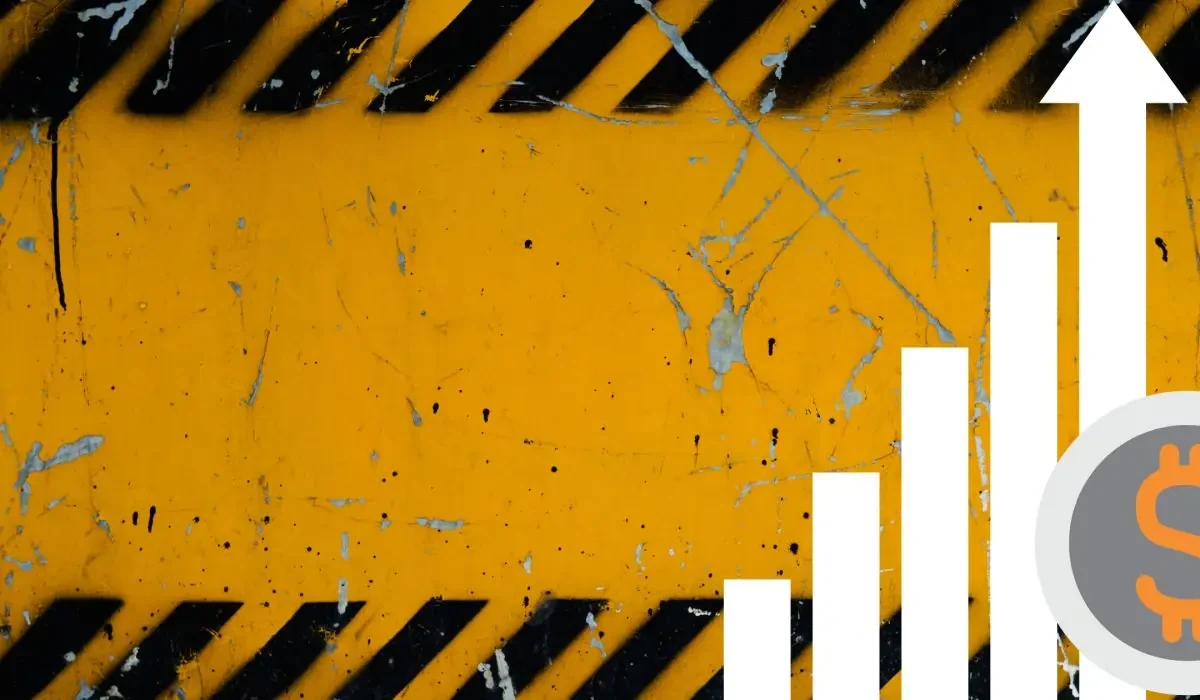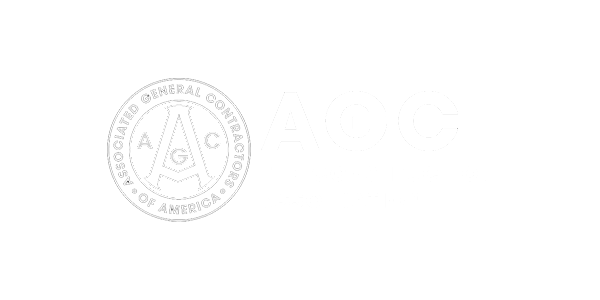88% of contractors expect to be affected by material price increases and volatile pricing, while 87% believe the availability of materials and increased lead times will impact their business in 2022 according to a recent Billd report.
Material shortages, inflation, and hiring challenges pushed construction costs up 23.5% compared 2019. Data from the US Census Bureau shows construction costs went up by 17.5% year-over-year from 2020 to 2021; that’s the biggest spike since 1970!
“Inflation, particularly as it relates to construction materials, is having a significant negative impact on construction starts and leading to delays in projects breaking ground,” adds Richard Branch, Dodge Construction Network chief economist.
Earlier this year, the cost of certain materials like softwood lumber, particleboard, copper, and diesel fuel more than doubled what they were the year prior. In fact, the price of softwood lumber jumped about 85% in 3 months after the US doubled tariffs on Canadian lumber and wildfires disrupted lumber production.
“Today’s figures show that nonresidential building and infrastructure contractors are having a hard time recovering from the impact of the pandemic on demand for structures,” Ken Simonson, the AGC’s chief economist, said in a release. And while many contractors have job openings, they’re experiencing “a lack of qualified applicants, shortages of materials and long delivery delays.”
While contractors have largely remained optimistic, the outlook may be shifting. According to ABC’s Construction Confidence Index, contractors’ expectations for profit margin growth have begun to flatten.
The Outlook
The AIA says that the outlook for the nonresidential building market looks promising this year and next. Commercial construction activity is projected to see growth of just under 5% this year.
Multifamily developments are a source of growth in commercial construction. “Apartment permitting is skyrocketing,” the Associated Builders and Contractors Chief Economist Anirban Basu says.
While 2022 will be a year of growth, 2023 is still pretty unpredictable.
The American Institute of Architects says the nonresidential building sector will rebound by 2023. But Basu points out that “stagflation” could become a reality – the combination of a tepid economy amid unusually high price increases. “As long as you have supply chain issues, you still have price escalations. And I think 2023 could get that kind of stagflation.”
AIA Chief Economist Kermit Baker says, “Challenges to the economy and the construction industry notwithstanding, the outlook for the nonresidential building market looks promising for this year and next.”
How To Deal with Rising Costs
- Finance Material Purchases
If you want to purchase all your project materials when your contract is signed, you’ll likely experience a gap between when your suppliers expect to get paid by you versus when you’ll get paid for the project. Using material financing, your material finance partner will pay your supplier upfront for materials and then allow you up to 120 days of credit, therefore relieving cash management pressure and giving you extra time to make your payments. It also lets you lock in pricing on materials to avoid future price increases.
- Choose Alternative Materials
Alternate materials have experienced smaller price increases than some of the commonly sourced materials. Some more affordable options include bamboo, straw bales, cob, and autoclaved aerated concrete.
- Increase Margins
To offset cost increases, you may consider raising prices accordingly. However, with intense competition for projects, you may be bidding against contractors who are not keeping pace with pricing increases, and you could lose a bid based on a higher cost. That’s not necessarily a bad thing. Taking a low or no-margin job may be an effective way to get your foot in the door with a GC or developer, but it’s not an effective long-term strategy. Instead, focus on the value that your company brings to the job.
- Add Escalation Clause
Including an escalation clause in the contract allows you to recoup costs caused by price increases. The clause usually stipulates a percentage increase that costs must exceed before it kicks in and then you have the right to request additional funds from the owner. This can protect both the contractor and owner alike by allowing for a more competitive bid without having to include an additional margin for risk.
- Implement Technology
Are you one of the 72% of contractors seeking new technologies to drive business efficiency? One of the best ways to find that efficiency is to reduce the amount of time you spend on redundant tasks through automation.
What if you could free up 70% of the time you currently spend manually processing pay apps?
GCPay fully automates the payment application process between you and your subcontractors. That means you can:
- eliminate calculation mistakes
- notarize documents online
- reject or accept pay apps in real time
- guarantee the receipt of lien waivers
- secure electronic payments
- see retainage release by month
- check on outstanding approvals
- store all your compliance documents in the cloud
- notify subcontractors prior to, and when, compliance docs expire
- connect to your construction ERP (Sage, CMiC, Viewpoint, Accumatica)
The construction industry has embraced technology to keep their projects (and businesses) moving forward. While the future of construction material costs is blurry, you can clearly improve aspects of your business with technology.










